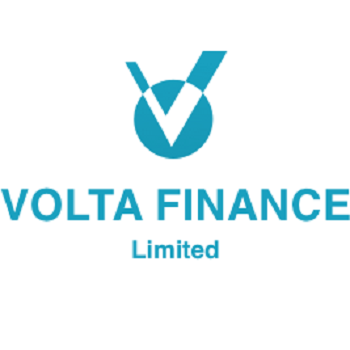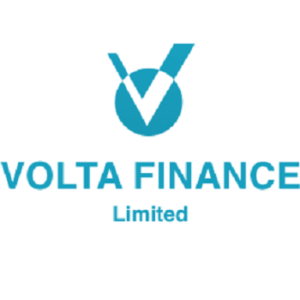Middle market CLOs are swiftly gaining prominence within structured credit as capital providers seek resilient, yield-enhancing assets. With issuance volumes climbing and spreads tightening, institutional demand is reshaping the MM CLO landscape at pace.
Once a quieter corner of the structured finance space, middle market collateralised loan obligations (MM CLOs) are now at the forefront of investor conversations. These instruments, historically a modest slice of the broader CLO market, have seen a surge in issuance and investor interest since 2023. Now representing a growing share of total CLO issuance, MM CLOs are being actively embraced by both asset managers and allocators looking to tap into the expanding direct lending ecosystem.
S&P Global Ratings has released a detailed primer on MM CLOs to guide stakeholders through their evolving structure, unique features, and the broader market themes shaping their growth. It outlines the trends in issuance and spread behaviour, and provides a comparative lens to better understand the distinctions between MM CLOs and their more established cousins, broadly syndicated loan (BSL) CLOs.
While MM CLOs still account for just 12% of total U.S. CLOs outstanding, their share of new issuance has jumped significantly—rising from 9.3% in 2022 to 23.4% in 2023. By 2024, they continued to make up nearly one-fifth of all new deals. This sharp uptick signals a durable trend driven by investor appetite for differentiated credit exposure.
Though still largely a U.S. product, the MM CLO structure has begun to make inroads in Europe, with the continent’s first publicly rated transaction emerging in late 2024. Market participants are watching closely as further activity is anticipated.
Within the U.S., MM CLOs have evolved to reflect a broader definition of the middle market. Some portfolios now include companies that exceed traditional middle-market thresholds, based on EBITDA or total leverage. For simplicity, the sector is still referred to as MM CLOs, but the underlying credit exposure can vary significantly.
Investor participation has broadened substantially. Traditional buyers such as life insurers and pension funds have been joined by U.S. and Japanese banks, global asset managers, sovereign wealth funds, and allocators across the Middle East and Asia. For many, MM CLOs offer attractive spread pick-up, long-dated yield, and low correlation to public markets—particularly important in a maturing demographic environment where steady income is critical.
Education has played a central role. Managers have invested in explaining the structure, track record, and credit dynamics of MM CLOs. This, combined with strong performance during the pandemic, has helped win the confidence of new buyers. Even as spreads narrowed in 2024, MM CLO AAA tranches continue to offer meaningful yield advantages over similarly rated BSL tranches.
Key differences exist between MM and BSL CLOs. MM CLOs are typically built around loans originated and underwritten by the manager or affiliated lenders. As such, the performance of MM CLOs can be more closely tied to manager underwriting quality. In contrast, BSL CLOs source assets from liquid syndicated markets, with more broadly distributed risk across issuers and managers.
Middle market lenders often focus on niche sectors—such as healthcare or software—and lend to companies at different points within the EBITDA spectrum. They may also prefer PE-sponsored deals, recurring revenue loans, or other bespoke credit structures. This creates natural segmentation within the MM CLO market and enhances asset diversification.
The ‘buy and hold’ nature of MM CLOs means that initial asset selection carries more weight. These deals typically trade less, in contrast to the more actively managed BSL CLOs, where managers shift portfolios in response to market conditions.
Although MM CLOs include fewer obligors, they offer diversity in other ways—particularly by issuer overlap. Asset managers often hold loans unique to their platform, which reduces correlation across MM CLOs and offers additional diversification to CLO tranche buyers.
Transparency in the MM CLO space is evolving. While these loans lack public credit ratings and market pricing, investors may receive detailed credit metrics and financial disclosures directly from managers. This bespoke access is often seen as a different, but still valuable, form of visibility.
Relationships with borrowers also distinguish MM CLOs. Direct lenders maintain close ties with portfolio companies, which can enable faster and more flexible responses during downturns. This relationship proved advantageous during the COVID-19 shock, when lenders were able to quickly amend terms to support borrowers—though such changes may be viewed as selective defaults by ratings agencies.
Loan terms in MM CLOs also offer stronger lender protections. Financial maintenance covenants are more common, especially in smaller deals, and documents often include tighter EBITDA definitions, delayed-draw features, and recurring revenue-based structures. These protections are a direct result of concentrated, long-term lender relationships.
While liability management transactions have posed challenges in the BSL market, they remain rare in the MM CLO space due to stronger documentation and closer lender oversight. Similarly, payment-in-kind (PIK) features have gained traction, particularly among larger borrowers with hybrid access to both public and private credit.
Recurring revenue loans are another hallmark of MM CLO portfolios, especially where managers focus on growth-stage technology firms. These loans are underwritten on predictable top-line income and are expected to transition to EBITDA-based covenants over time.
While BSL CLO tranches enjoy deeper secondary liquidity, top-tier MM CLO managers are closing the gap. Anecdotal evidence suggests their AAA notes may trade with similar liquidity to smaller BSL peers—yet another sign of the MM CLO sector’s maturation.
Volta Finance Ltd (LON:VTA) is a closed-ended limited liability company registered in Guernsey. Volta’s investment objectives are to seek to preserve capital across the credit cycle and to provide a stable stream of income to its Shareholders through dividends that it expects to distribute on a quarterly basis.



